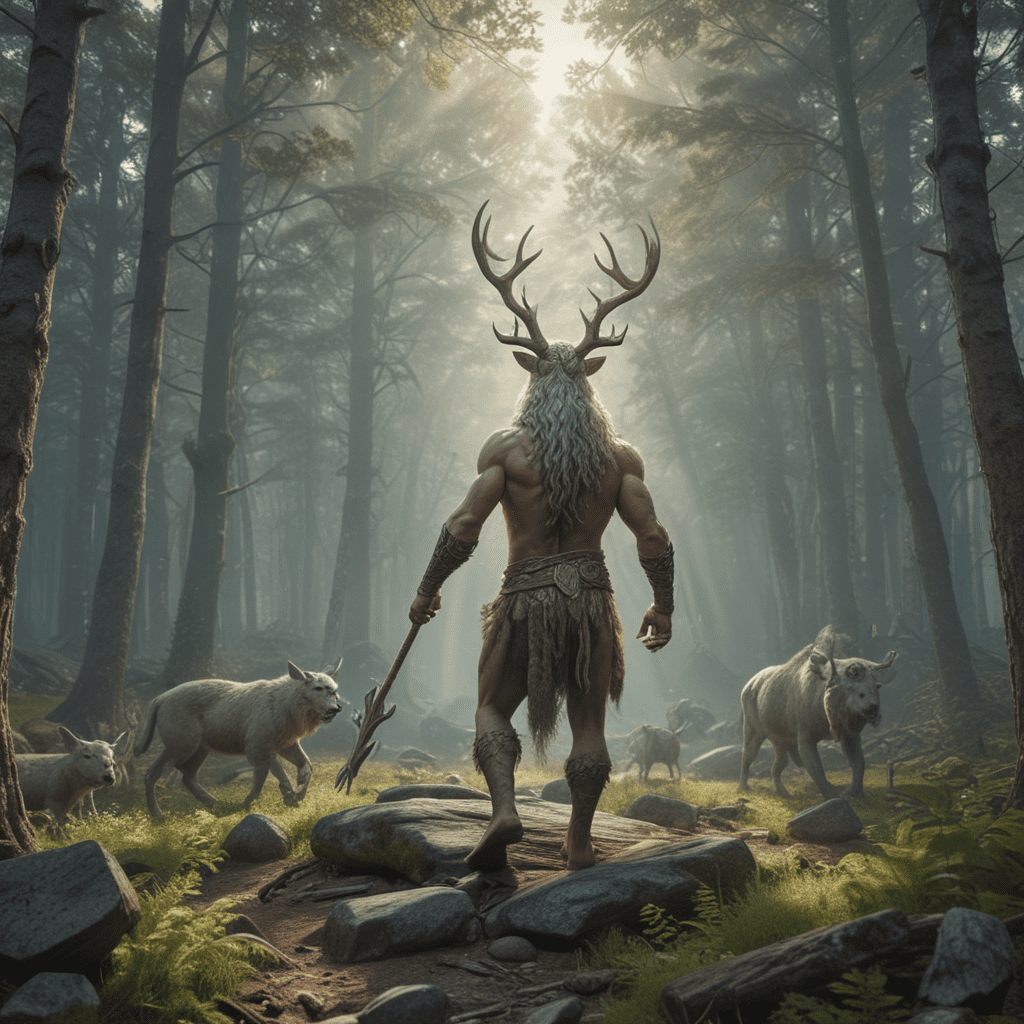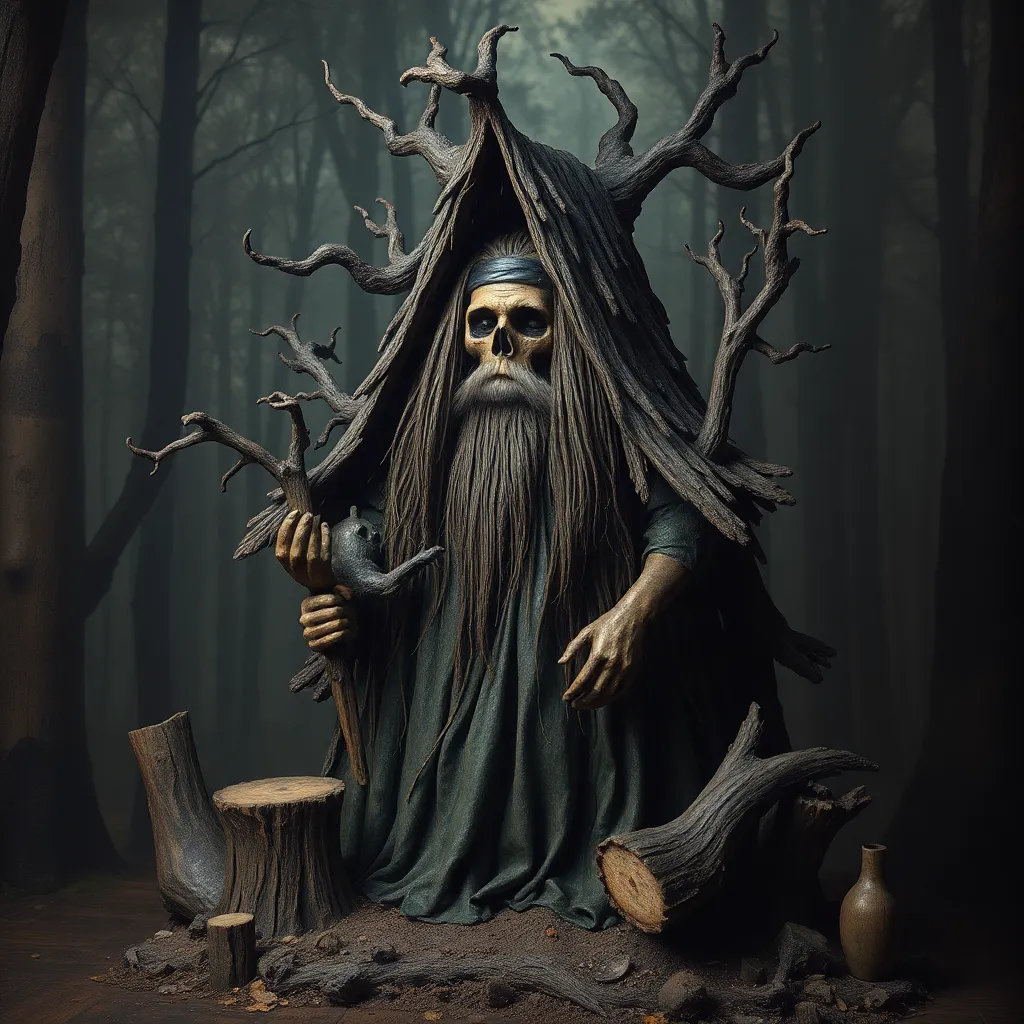The Story of the Sacred Dance in Native American Mythology
Native American mythology is a complex and diverse tapestry of beliefs, traditions, and practices. Woven into this rich fabric is the sacred dance, a profound and enduring practice that holds deep cultural and spiritual significance. For centuries, Native American tribes across North America have performed sacred dances as a way to connect with the divine, celebrate special occasions, honor their ancestors, and strengthen their community bonds.
Origins and Purpose of the Sacred Dance
The origins of the sacred dance in Native American mythology can be traced back to ancient times. According to many tribes, the first dances were taught to humans by the spirits of animals, birds, and other natural beings. These dances were believed to have the power to heal the sick, bring good fortune, and ensure a bountiful harvest. Over time, sacred dances became an integral part of Native American culture and were performed for a variety of purposes, including:
- Spiritual: To connect with the divine, honor the spirits, and seek guidance from the ancestors.
- Ceremonial: To mark important events such as births, marriages, and deaths, as well as to celebrate special occasions such as the changing of seasons.
- Healing: To heal the sick, both physically and spiritually, by invoking the power of the spirits and the healing energy of the dance.
- Community: To strengthen community bonds, promote cooperation, and foster a sense of shared identity.
Spiritual Significance and Symbolism
The sacred dance is not merely a physical activity but a profound spiritual experience for Native Americans. Through dance, they believe they can transcend the boundaries of the physical world and enter the realm of the spirits. The movements of the dance are often deeply symbolic, representing the cycles of life, the seasons, and the interconnectedness of all things.
One of the most important aspects of the sacred dance is its ability to connect dancers with the spirits of animals. In many Native American cultures, animals are considered to be powerful beings with special powers and knowledge. By imitating the movements and behavior of animals, dancers seek to embody their spirit and gain their protection and assistance.
Types of Sacred Dances
There are many different types of sacred dances performed by Native American tribes, each with its own unique purpose, symbolism, and style. Some of the most common types of sacred dances include:
- Powwow Dance: A social dance performed at powwows, large gatherings of Native Americans that celebrate their culture and heritage.
- Sun Dance: A ceremonial dance performed by the Plains Indians to honor the sun and seek spiritual purification and renewal.
- Ghost Dance: A religious dance that originated in the late 19th century and was believed to bring about a new era of peace and prosperity.
Community and Identity
The sacred dance plays a vital role in strengthening community bonds and fostering a sense of shared identity among Native Americans. By participating in dances together, tribal members reaffirm their connection to their culture, their history, and each other. The sacred dance is also a way for Native Americans to express their unique identity and to celebrate their rich cultural heritage.
Preservation and Transmission
The sacred dance is an oral tradition that has been passed down from generation to generation through oral instruction and observation. Elders and experienced dancers play a crucial role in preserving and transmitting the knowledge and traditions associated with the sacred dance. They teach younger generations the proper steps, songs, and rituals, ensuring that these practices continue to be a vital part of Native American culture.
Contemporary Adaptations and Interpretations
While the sacred dance remains deeply rooted in tradition, it has also undergone some adaptations and interpretations in contemporary times. Some Native American artists and performers have incorporated elements of the sacred dance into their modern works, creating new artistic expressions that draw upon the rich heritage of their ancestors. These adaptations demonstrate the vitality and resilience of the sacred dance, as it continues to evolve and find new ways to express the cultural and spiritual values of Native Americans.
Cultural Importance and Significance
The sacred dance is an integral part of Native American culture and identity. It is a powerful expression of their spirituality, history, and values. Through the sacred dance, Native Americans connect with their ancestors, honor their traditions, and celebrate their unique heritage. The sacred dance is a living tradition that continues to thrive and inspire Native Americans today.
The Sacred Dance as a Living Tradition
The sacred dance is not a static practice but a living tradition that is constantly evolving and adapting to the changing needs and circumstances of Native American communities. While the core elements of the sacred dance remain the same, individual tribes and dancers may introduce variations and innovations that reflect their own unique experiences and perspectives. This flexibility and adaptability ensure that the sacred dance remains a vibrant and meaningful practice for Native Americans today and for generations to come.
FAQ
Q: What is the purpose of the sacred dance in Native American culture?
A: The sacred dance is a profound spiritual experience that connects Native Americans with the divine, honors the spirits, and strengthens community bonds.
Q: What are some of the different types of sacred dances performed by Native American tribes?
A: Some common types of sacred dances include the Powwow Dance, Sun Dance, and Ghost Dance.
Q: How is the sacred dance preserved and transmitted?
A: The sacred dance is an oral tradition that is passed down from generation to generation through oral instruction and observation. Elders and experienced dancers play a crucial role in preserving and transmitting this knowledge.
Q: Has the sacred dance changed over time?
A: While the core elements of the sacred dance remain the same, it has undergone some adaptations and interpretations in contemporary times, reflecting the evolving needs and experiences of Native American communities.



